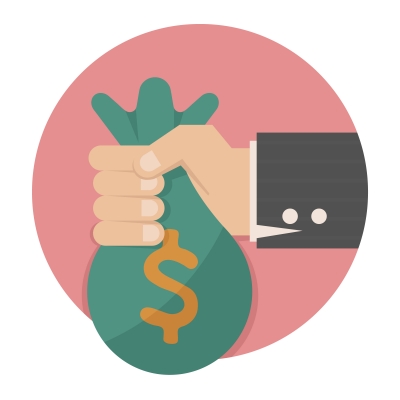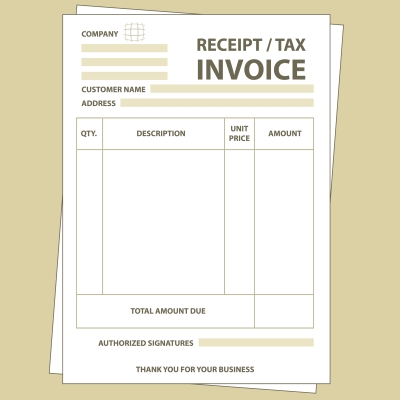It is tax time again, and many Americans are struggling to wade through the piles of W-2s and 1099s to beat the April deadline. Charles Schwab Retirement Plan Services believes now is a good time for employees to know what they can do to maximize the tax benefits they receive from participating in their employer-sponsored 401(k) plan. It recommends these top five tips (presented here from 5 to 1) for better utilizing workplace retirement plans:
 5. Avoid 401(k) loans, even when money is tight.
5. Avoid 401(k) loans, even when money is tight.
Borrowing from your 401(k) should be an absolute last resort. Loans from a 401(k) plan must be repaid with after-tax dollars, negating many of the tax benefits of a 401(k). And, if you leave your job and are unable to repay the loan in-full, the outstanding balance is treated like a withdrawal, triggering a tax bill and potentially a 10 percent penalty on top of the tax.
 4. Don’t burden yourself with withdrawals.
4. Don’t burden yourself with withdrawals.
Any withdrawal from a 401(k) plan can carry significant tax consequences. If you withdraw money from your employer-sponsored retirement plan before the age of 59½, you’ll likely face a 10 percent federal penalty. What’s more, the government will take 20 percent of your withdrawal as an advance on your tax bill. Plus, some plans may bar employees who have taken a withdrawal from contributing for the next six months, causing another blow to your savings that can impact your long-term financial goals.
 3. Get to know the Roth.
3. Get to know the Roth.








 April 14, 2014 at 08:10 AM
April 14, 2014 at 08:10 AM











 2. Get credit where credit’s due.
2. Get credit where credit’s due. 1. Bump up or max out your contributions.
1. Bump up or max out your contributions.